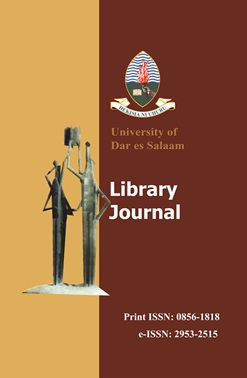Enhancing High-tech Assistive Technology Use for Learning among Students with Visual Impairment in Tanzania’s Higher Education
Keywords:
Visual impairment, Assistive Technology, High-tech assistive technology, Higher educationAbstract
Despite the growing global recognition of the value of assistive technology (AT) for students with visual impairments, a significant research gap remains in understanding the specific factors that hinder the use of high-tech AT and effective strategies for overcoming these barriers. This study examines the factors that hinder the use of high-tech assistive technology (AT) and explores strategies to enhance its utilisation among students with visual impairments in higher education institutions (HEIs) in Tanzania. A cross-sectional survey design was employed to collect data from 64 students with visual impairments across three HEIs using both closed and open-ended questionnaires. Descriptive statistical analysis was used to analyse the data. The findings indicate that the primary factors hindering the use of high-tech assistive technology include limited knowledge and training (80%), inadequate availability of high-tech devices (41.8%), and technophobia (30.9%). Additional factors identified were high costs (25.5%), a lack of skilled trainers(25.5%), and negative attitudes towards high-tech AT (16.4%). Based on these findings, the study recommends: the provision of comprehensive training for both teachers and students, and an increase in the availability and accessibility of high-tech assistive devices in HEIs. There is also a need to provide both moral and material support, such as certificates for students, and to employ specialised IT professionals to conduct training sessions. The study emphasises the importance of fostering a supportive learning environment to promote the effective use of high-tech AT among students with visual impairments in HEIs. Institutional support and policy enhancements are also recommended to ensure sustainability. By systematically addressing these hindrances, educational institutions can dismantle barriers to participation, directly contributing to equity by levelling the playing field for students with visual impairments
Downloads
Published
Issue
Section
License
Copyright (c) 2025 Sarah Ezekiel Kisanga

This work is licensed under a Creative Commons Attribution-NonCommercial-NoDerivatives 4.0 International License.


